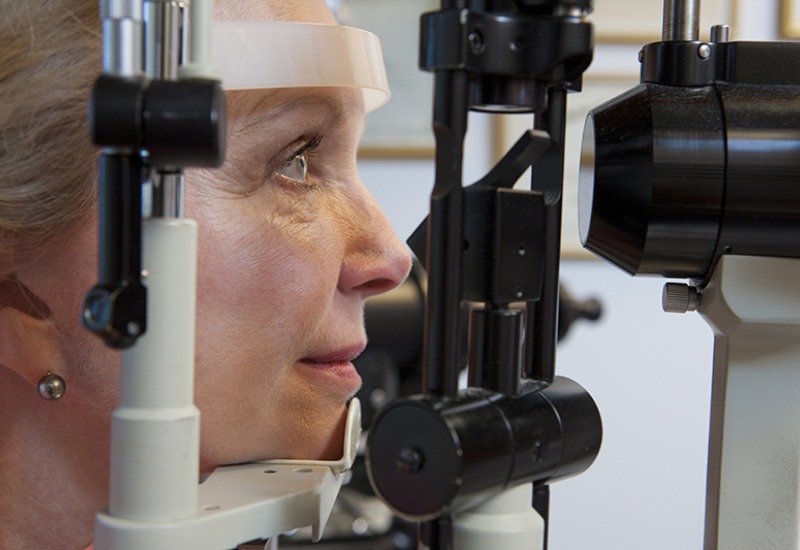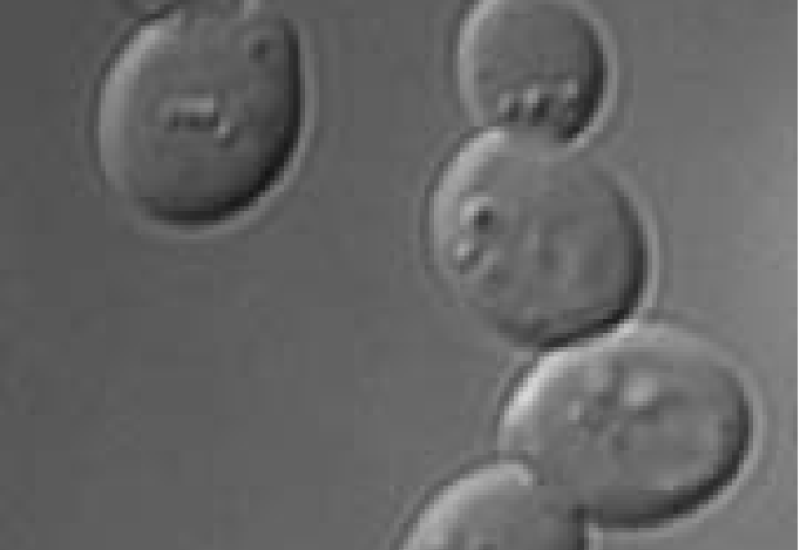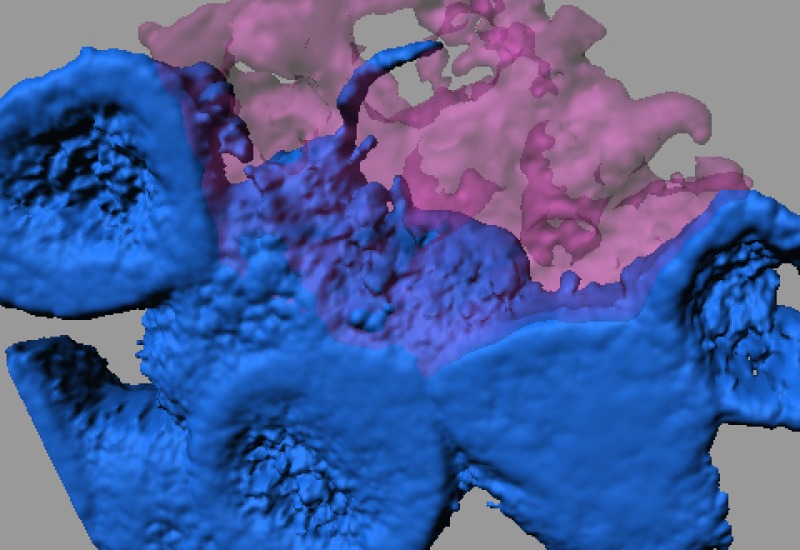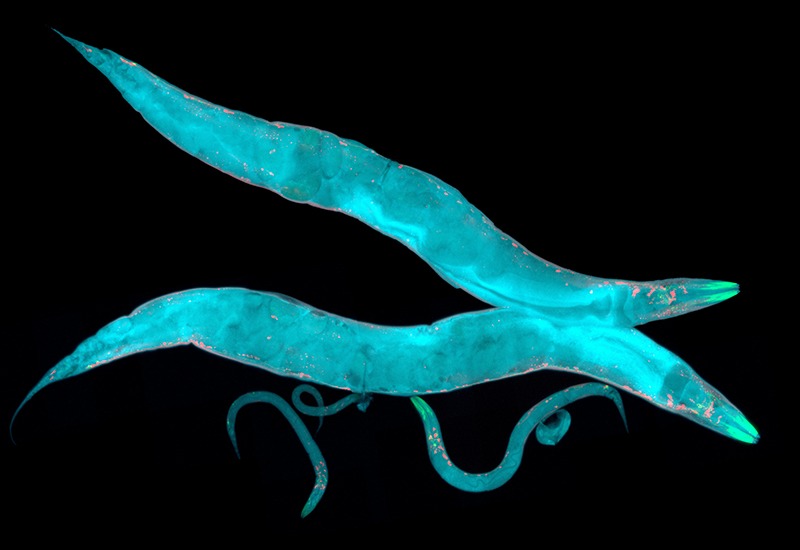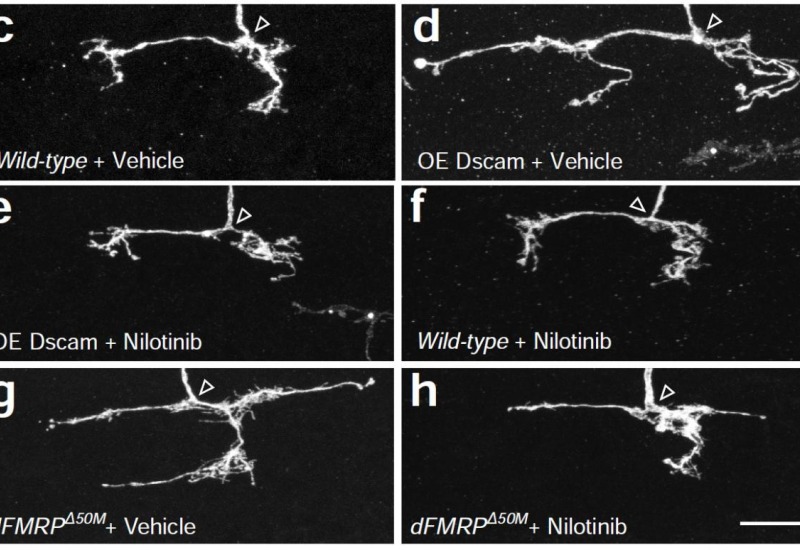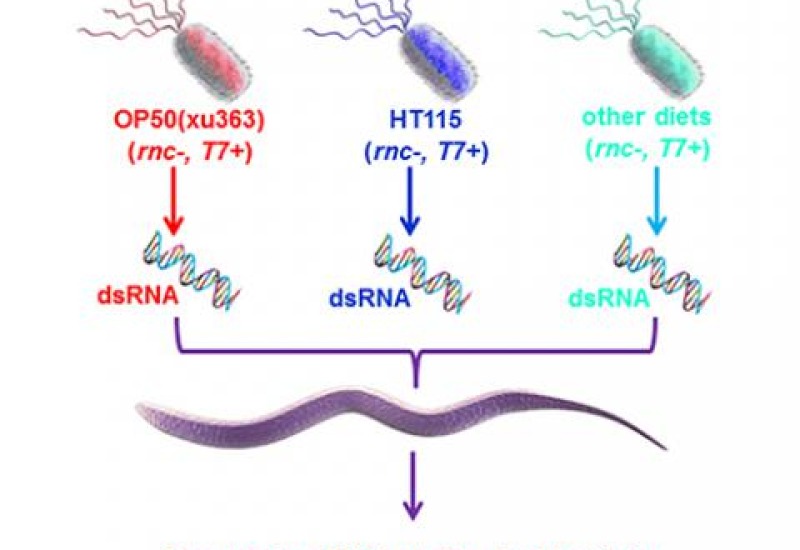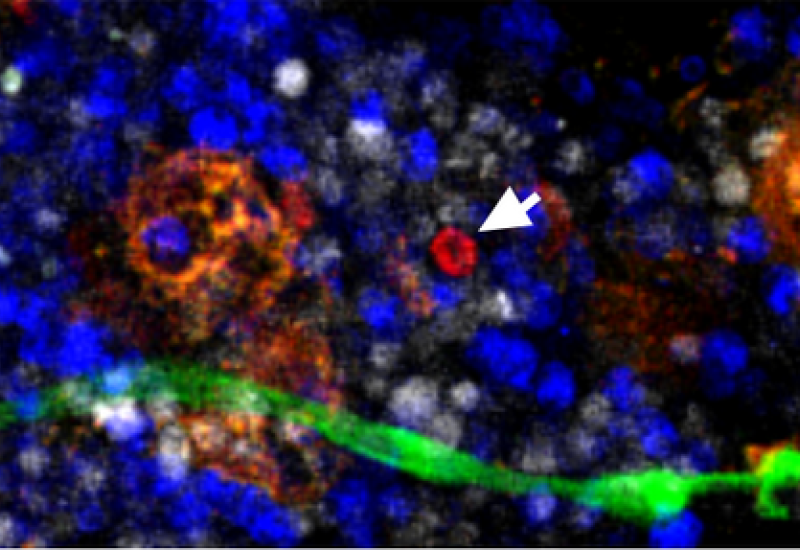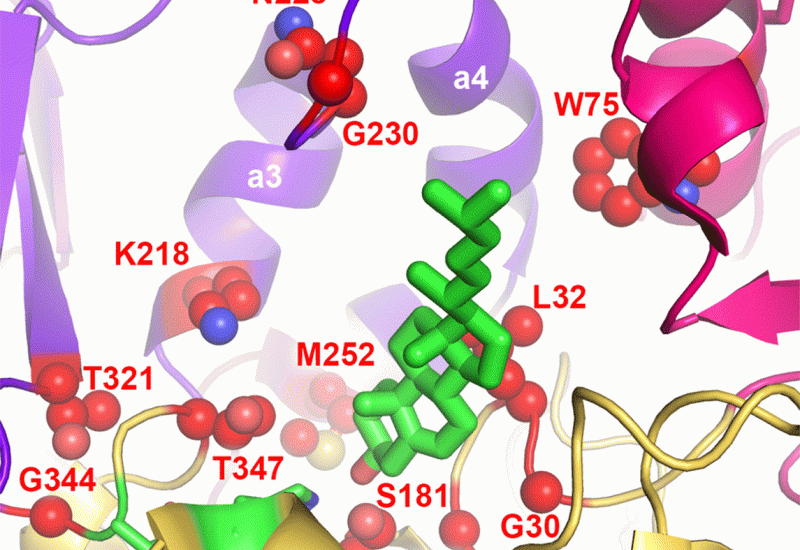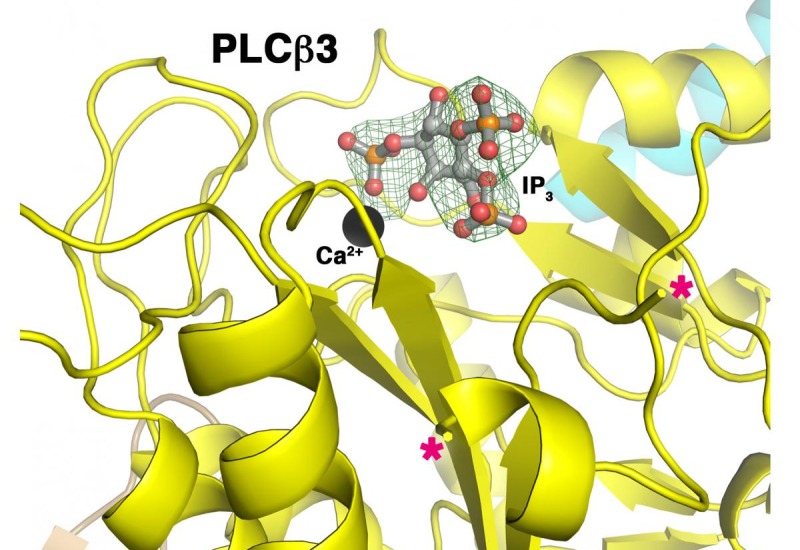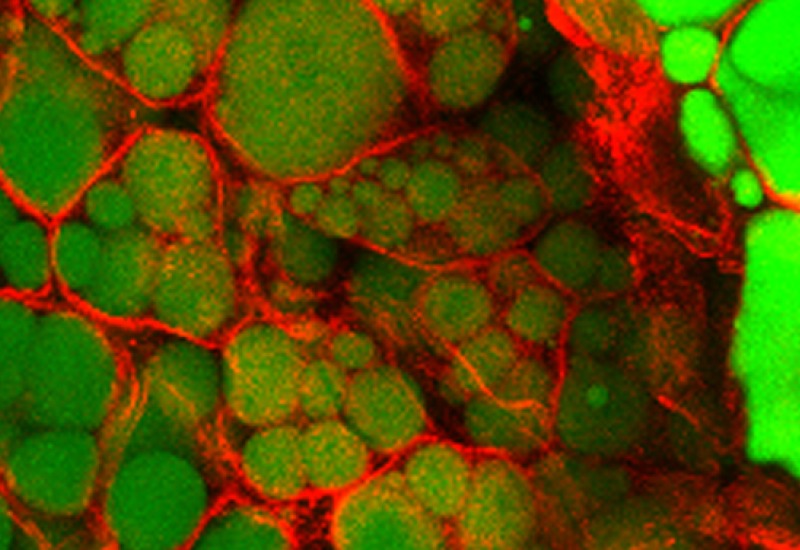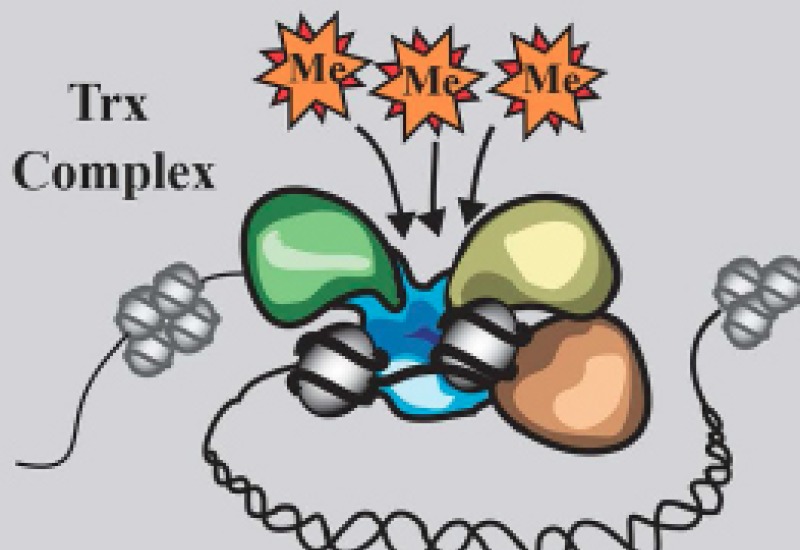Breaking the brain’s garbage disposal: New study shows even a small problem causes big effects
A international team makes a key discovery about how the brain’s “garbage disposal” process works — and how little needs to go wrong in order for it to break down.
Beyond Nature's Chemistry
The newest member of the LSI faculty aims to bridge the gap between the powerful chemistry developed over millions of years of evolution by bacteria, fungi and other natural organisms, and cutting-edge synthetic chemistry techniques.
Researchers identify liver pathway linked to negative impacts of high-fat, high-cholesterol diet
Identified: a pathway in the liver, controlled by a protein known as BAF60a, that contributes to the negative effects of a high-fat diet by stimulating the production of bile — which helps the body to absorb more cholesterol and other fats from the foods we eat.
Eye drops could clear up cataracts using newly identified chemical
A chemical that could potentially be used in eye drops to reverse cataracts, the leading cause of blindness, has been identified by a team of scientists from U-M and their collaborators.
Daniel Klionsky wins van Deenen Medal
LSI faculty member Daniel J. Klionsky was awarded the 2015 van Deenan Medal from the Institute of Biomembranes at Utrecht University in The Netherlands.
Could a drug engineered from bananas fight many deadly viruses? New results show promise
A banana a day may not keep the doctor away, but a substance originally found in bananas and carefully edited by scientists could someday fight off a wide range of viruses, new research suggests.
Pedro Cuatrecasas to receive honorary degree from U-M
Pedro Cuatrecasas, M.D., a renowned leader in the pharmaceutical industry and co-chair of the University of Michigan Life Sciences Institute Scientific Advisory Board, is scheduled to receive honorary degrees at Winter Commencement 2015.
Resistance mechanism found against new antibiotics
A team from the LSI, University of Illinois, Chicago, and University of Southern Denmark has identified a resistance mechanism against ketolides, a new type of antibiotics just entering widespread use.
Unexpected link between organelles and the cell-division cycle
Studies using yeast genetics have provided new, fundamental insights into the cell-division cycle, researchers at the LSI reported.
Discovery of nanotubes offers new clues about cell-to-cell communication
Certain types of stem cells use microscopic, threadlike nanotubes to communicate with neighboring cells LSI researchers have discovered.
Cold improves longevity for some, but shortens life span for others
LSI research shows for the first time that the age-old temperature law does not apply equally to adults and developing young.
Mimicking Mother Nature: Pinpointing natural cancer drug’s true origins brings sustainable production a step close
For decades, scientists have known that ET-743, a compound extracted from the mangrove tunicate — a kind of sea squirt — can kill cancer cells. Until now, its precise origins were a mystery.
Cancer drugs may hold key to treating Down syndrome and other brain disorders
A class of FDA-approved cancer drugs may be able to prevent problems with brain cell development associated with disorders including Down syndrome and Fragile X syndrome.
LSI researchers make it easier to study diet-sensitive genes in worms
It’s going to be easier for scientists to use roundworms to study diet-sensitive genes thanks to an innovation led by the LSI.
U-M researchers find new gene involved in blood-forming stem cells
LSI-led research has identified a gene critical to controlling the body’s ability to create blood cells and immune cells from blood-forming stem cells — known as hematopoietic stem cells.
New strategy for preventing organ transplant rejection shows promise
Organ transplantation has been one of the greatest successes of modern medicine. But one of its largest limitations comes from a patient’s immune system treating the new heart, or lung, or liver like a foreign invader.
New views of enzyme structures offer insights into metabolism of cholesterol and other lipids
With the aid of X-ray crystallography, researchers at the University of Michigan have revealed the structures of two closely related enzymes that play essential roles in the body’s ability to metabolize excess lipids, including cholesterol.
LSI Researcher Honored for Significant Contribution to the Study of Proteins
Anna Mapp, Ph.D. has been awarded the 2015 Emil Thomas Kaiser Award from the Protein Society. The award recognizes a recent, highly significant contribution in applying chemistry to the study of proteins.
Researchers uncover more clues to how drug reverses obesity, diabetes, fatty liver disease
LSI researchers have identified how a promising drug in clinical trials for the treatment of obesity and related metabolic disorders improves the metabolism of sugar by generating a new signal between fat cells and the liver.
Studying the structure of a cardiac enzyme to target heart failure
How structural features of a critical enzyme found in the cardiovascular system influence its regulation of heart activity
Newly discovered hormone points to potential treatment for obesity, type 2 diabetes, fatty liver disease
LSI scientists have discovered how a previously unknown hormone serves as a messenger from fat cells to the liver and are investigating the potential of developing a new treatment for metabolic disorders.
First peek at how neurons multitask
LSI scientists have shown how a single neuron can perform multiple functions in a model organism, illuminating for the first time this fundamental biological mechanism and shedding light on the human brain.
Signaling lipids as potential target for neurological therapies
LSI researchers uncover information about a little-known signaling lipid pathway that unexpectedly plays critical roles in neuronal synapses in humans.
Researchers target protein involved in cancer stem cell replication
LSI researchers have illuminated steps of the molecular mechanism that increases the overall output of cells during normal brain development







